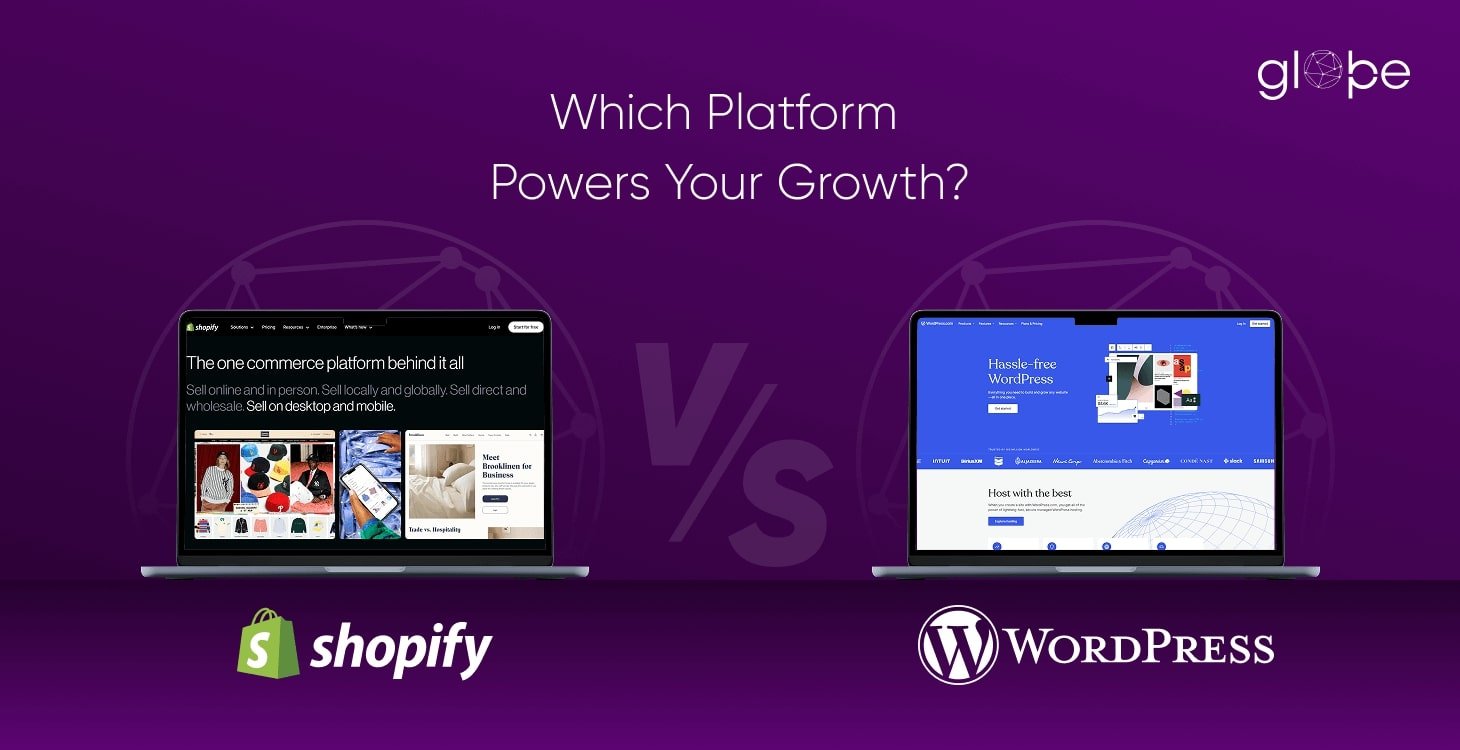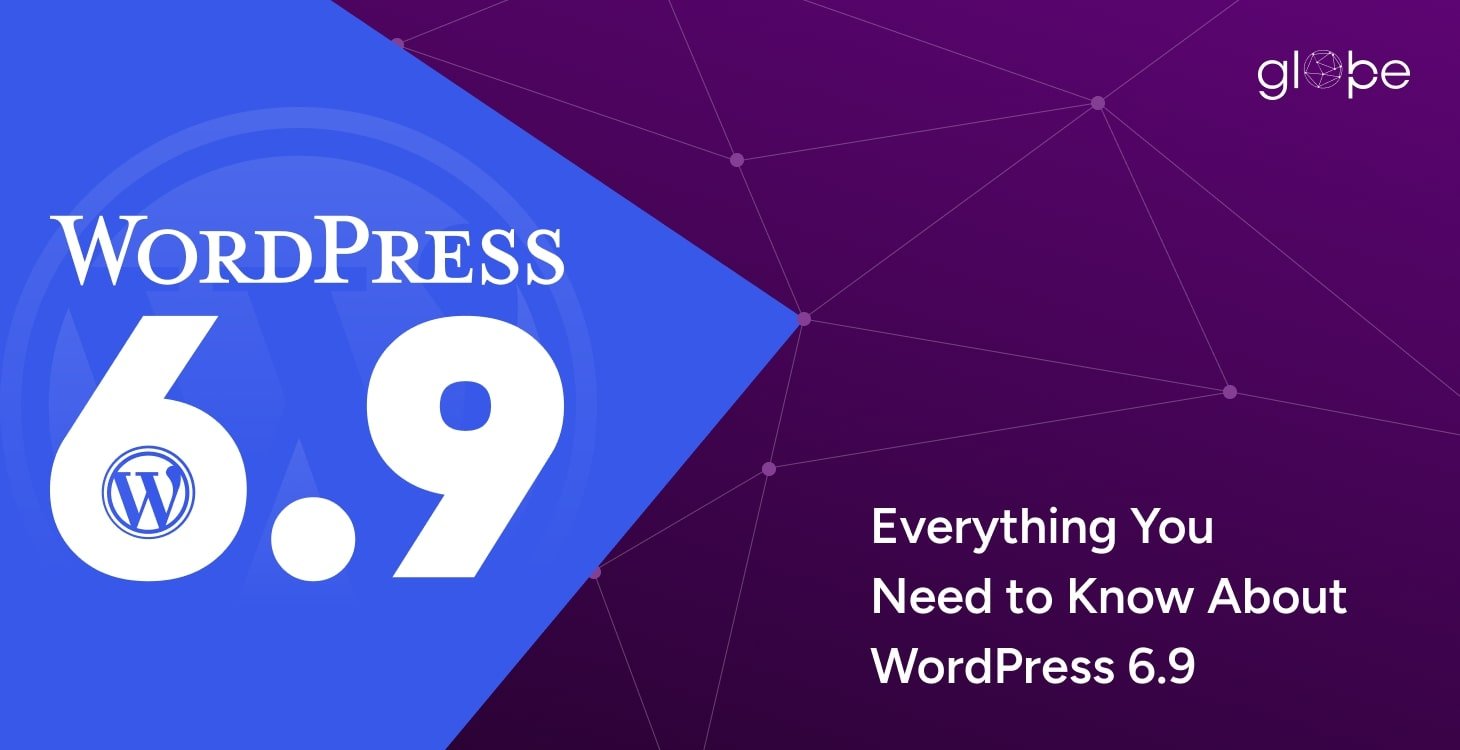
If you’re planning to launch an online store, one of the first (and biggest) decisions you’ll face is this: Should I go with WordPress or Shopify?
It’s a question that comes up often, for good reason.
It’s a common dilemma, and for good reason. According to recent market data:
- WordPress powers over 43% of all websites globally, and with the WooCommerce plugin, it supports over 6.5 million online stores.
- Meanwhile, Shopify powers more than 4.8 million live websites and is one of the fastest-growing SaaS eCommerce platforms worldwide.
WordPress with WooCommerce gives you complete control and flexibility, while Shopify is known for its simplicity and all-in-one convenience. But the best choice depends entirely on your goals, your budget, and how hands-on you want to be.
So, which one is right for you?
Whether you’re a small business owner, a blogger ready to monetize, or a startup launching your first product line, this comparison will help you decide. We’ll break down features, ease of use, pricing, performance, SEO, and more—so you can make an informed decision based on your unique needs.
Planning to launch or rebuild your store? Let’s help you choose the best platform to build your business on.
Overview of WordPress for eCommerce
When most people think of WordPress, they think of blogging, but WordPress is far more than just a publishing platform. With the help of WooCommerce, an open-source eCommerce plugin, WordPress transforms into a fully functional online store. In fact, WooCommerce is currently the most popular eCommerce plugin for WordPress, powering over 25% of all online stores worldwide. It’s free to use, easy to extend, and gives you complete control over your store’s design, features, and functionality.
What Is WordPress with WooCommerce?
At its core, WordPress is a content management system (CMS) that gives users complete control over their website’s design, functionality, and structure. When you integrate WooCommerce, it adds powerful eCommerce capabilities—product pages, shopping carts, secure checkouts, inventory management, and more—all within the WordPress dashboard.
What makes this setup unique is its flexibility. You’re not tied to a specific design or structure. You can choose your own hosting, customize your code, and install thousands of plugins to add any feature imaginable.
Pros of Using WordPress + WooCommerce
- Full control over design and functionality
- Thousands of free and premium themes
- Access to 50,000+ plugins for marketing, SEO, payments, etc.
- No transaction fees (unless added by your payment gateway)
- Scalable from small stores to complex enterprise setups
Overview of Shopify
Shopify is a fully hosted, all-in-one eCommerce platform designed to make launching an online store as simple as possible, even if you have zero technical skills. Unlike WordPress, Shopify handles everything from hosting and security to updates and performance in the background, so you can focus purely on running your business.
As of 2025, Shopify powers over 4.8 million live stores globally, making it one of the most trusted eCommerce platforms for entrepreneurs and growing brands.
Whether you're selling physical products, digital goods, or subscriptions, Shopify provides a streamlined experience with a professional storefront, secure checkout, and built-in tools to help you sell across channels like Instagram, Facebook, and Amazon.
Pros of Shopify for eCommerce:
- Beginner-friendly with no coding required
- All-in-one solution (hosting, SSL, backups, support included)
- Professional themes and a sleek admin dashboard
- Robust app ecosystem for extending functionality
- Built-in multi-channel selling and mobile optimization
Feature-by-Feature Comparison
Choosing between WordPress and Shopify comes down to how each platform handles the key components of running an online store. Here's a deeper look at how they compare across essential features:
| Feature | WordPress (WooCommerce) | Shopify |
| Ease of Use | WordPress with WooCommerce offers flexibility but requires more setup—like finding hosting, installing themes, and configuring plugins. Great if you don’t mind some DIY or have a developer. | Shopify is built for non-tech users. Setup is quick and intuitive, with step-by-step guidance for launching your store in minutes. |
| Design & Themes | You’ll find thousands of free and premium themes. Design can be fully customized using page builders like Elementor or custom code. Ideal for businesses with unique branding. | Shopify offers a range of sleek, mobile-optimized themes. Customization is easier, but limited unless you dive into Liquid coding. |
| Plugins & Apps | WooCommerce taps into the massive WordPress ecosystem—over 55,000 plugins for SEO, analytics, payments, shipping, and more. But you need to manage compatibility and updates. | Shopify has a curated App Store with quality apps built to work seamlessly. It’s more stable but has fewer options than WordPress. |
| Payment Options | Supports most major gateways, including Stripe, PayPal, Razorpay, and regional options. No platform fees, but gateway fees may apply. | Shopify Payments is built in and easy to set up. Over 100 payment options are available, though extra transaction fees apply if not using Shopify Payments. |
| SEO Capabilities | WordPress gives you complete control over SEO—from permalinks to meta tags—using tools like Yoast or Rank Math. Great for content-heavy stores and long-term organic growth. | Shopify offers built-in SEO features and clean URLs. It covers the basics well, but advanced SEO customizations can be limited. |
| Security | Security is your responsibility. You need to install SSL, manage updates, and use security plugins like Wordfence. Managed hosting can help simplify this. | Shopify handles all security automatically—SSL, PCI compliance, fraud protection, and regular updates are built into every plan. |
| Performance & Speed | Depends heavily on your hosting provider and how well your site is optimized (themes, image sizes, caching, etc.). You have more control, but also more responsibility. | Shopify delivers consistent speed and uptime, thanks to its global infrastructure, CDN, and built-in optimization. No setup needed. |
| Support & Community | Massive global community, developer forums, detailed documentation, and support from plugin/theme creators. No central support, but help is always available. | Shopify offers 24/7 live chat, phone, and email support, along with a rich help center and community forums. Great for non-tech users needing fast answers. |
Final Verdict: Which One Should You Choose?
Choosing between WordPress (with WooCommerce) and Shopify ultimately comes down to what you need most—flexibility and control, or simplicity and speed.
WordPress with WooCommerce gives you full ownership of your website, unmatched customization options, and long-term scalability. It’s incredibly powerful for businesses that want to create a store tailored to their specific needs. However, it does come with a steeper learning curve, and you'll need to manage hosting, security, and updates yourself. That said, with the right WordPress Development Partner like our team at Glopbe it becomes a smart, scalable investment for brands that are ready to grow.
On the other hand, Shopify is built for ease. It’s ideal for solo entrepreneurs or small teams who want to get an online store up and running quickly without touching code or worrying about technical setup. The platform handles everything from hosting to security, and its support team is available 24/7. But this convenience comes with trade-offs: you’ll have less design freedom, and recurring app fees can add up over time.
If you want a custom, flexible, and SEO-optimized store with room to grow, WordPress is a solid long-term choice. If you’re looking for speed, simplicity, and minimal setup, Shopify may be the better fit for now.
Still unsure? At Glopbe, we help businesses make the right call and if you’re leaning toward WordPress, we’ll build a store that doesn’t just look good but performs like a sales machine.




